
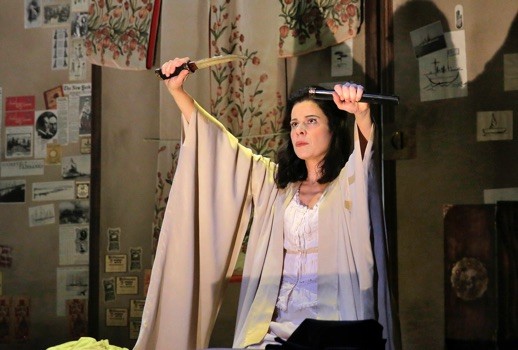
Puccini’s three-hanky weeper has remained a staple with LA Opera over its 30 years and production styles have run the gamut from the hyperrealism of Michael Yeargan to the sleek stylizations of Robert Wilson. The current production, which originated at Santa Fe Opera in 2010, finds a nice balance between the two.
Director Lee Blakeley manages to keep the characters involved in telling the story to each other, and by balance the audience, in a staging that is welcome for both its understatement and lack of cliche. At the final curtain a single moment I found false did little to dampen the sheer pleasure of the performance up until that point.
The set by Jean-Marc Puissant that showed the “desert” influence of its origin. A fairly barren Nagasaki with a wooden house on a turntable was assembled as preparations for the wedding were carried out. The time of the production was nudged to just after the turn of the 20th century as evidenced by the street lights and telephone poles that adorned the second act.
Costumes designed by Brigitte Reiffenstuel—naturally plain and discreet—provided a welcome respite from the gaudy Japonisme that so often leaves this opera looking like department store window dressing. The turntable was used only sparingly at a few key moments and provided some striking cinematic images in the last act.
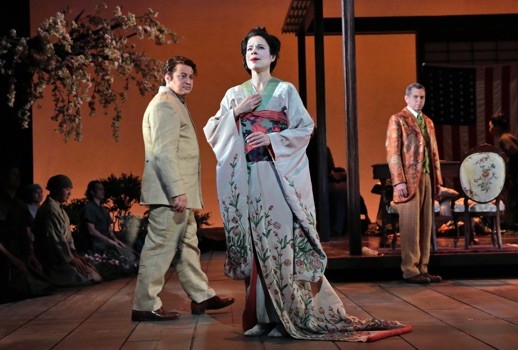
Baritone Kihun Yoon, who is being groomed by the young artists’ program here and with reason, sang the Consul Sharpless. He possesses an exceptionally rich voice that carries easily into the theater. He was also game to enough to have the makeup department give him a balding pate with a greasy comb-over. Dramatically he gave a strong performance that relied primarily on his interplay with Suzuki as the two members in the story who were able to see the truth in the events unfolding.
Next on the sonority scale was the abundant mezzo of Milena Kitic as the faithful Suzuki. She anchored the production in several key moments with quiet grace, most especially during the vigil in the middle of Act II. As she prepared the exterior of the house for Pinkerton’s arrival she actually broke down during the humming chorus, finally cracking under the pressure of her mistresses unflagging optimism. It was an unexpected and touching moment. If her pointed characterization outweighed the beauty of her naturally plush voice it only made it more clear what a pleasure it was to have someone firing on all cylinders.
Stefano Secco as Pinkerton wasn’t quite in the same vocal league as the rest of the cast. He certainly sang well enough and hit all the notes. His top has a beat now and then and although you could hear that he was pushing for more there was little expansion of the voice above the staff. As an actor he was perfectly adequate… but then again Pinkerton is written off as a one-dimensional character to begin with and Secco didn’t seem to be interested in exploring further.
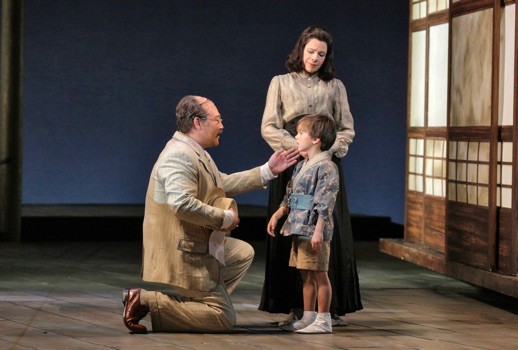
Playing the character more naively than some, she rarely went for those “princess” moments of steely command. Her reserve generated an excellent contrast in her interplay with both Suzuki and Sharpless since they were portrayed as the real adults of the story. Martinez’ Cio-Cio San attained adulthood in the final half hour, a transition all the more telling for the unabashed girlishness that came before it. One lovely bit, that showed her art, was when she was displaying her box of possessions to Pinkerton and he disapproved of her pot of rouge. She told Suzuki to dispose of it with a knowing wink.
Her singing showed the same command of subtlety of inflection both in phrasing and diction. She actually garnered spontaneous applause at her entrance, which was hardly surprising since she managed to betray not a hint of nerves while gliding up to an ethereal pianissimo D-flat. Her woodwind-tinged instrument is slim with a healthy, even, vibrato and a dark central core.
She can really bite into the text when necessary and certainly isn’t afraid of going off the voice for the occasional dramatic emphasis. Her use of the text in the interview with Sharpless was particularly telling followed by a scorched-earth reading of “Che tua madre” that exploded into the most exquisite emotional torment.
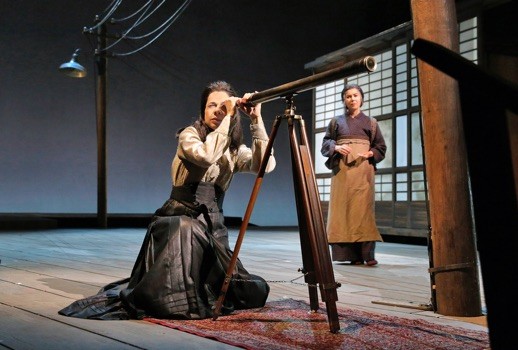
Music Director James Conlon led the LA Opera Orchestra in a reading so full-bodied that it was apparent he had to put the brakes on a few times. I have never been so aware of the careful architecture of the first act love duet and how it restarts itself from nearly the same musical point only to reach a larger symphonic and emotional climax each time.
The lighting plot of Rick Fisher was mostly naturalistic in depicting a dry “Dust Bowl” atmosphere in the second act. Earlier, a crimson sunset blazed for the the Bonze’s denunciation.
Particularly for the participation of Ms. Martínez, this is a Butterfly that deserves to be seen for its subtle command of storytelling and the punch of its most emotional moments.
Photos by Ken Howard for LA Opera.















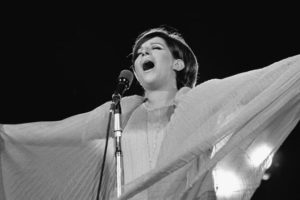

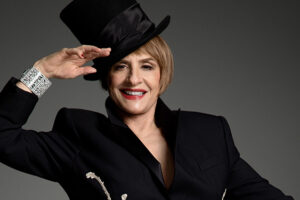





Comments